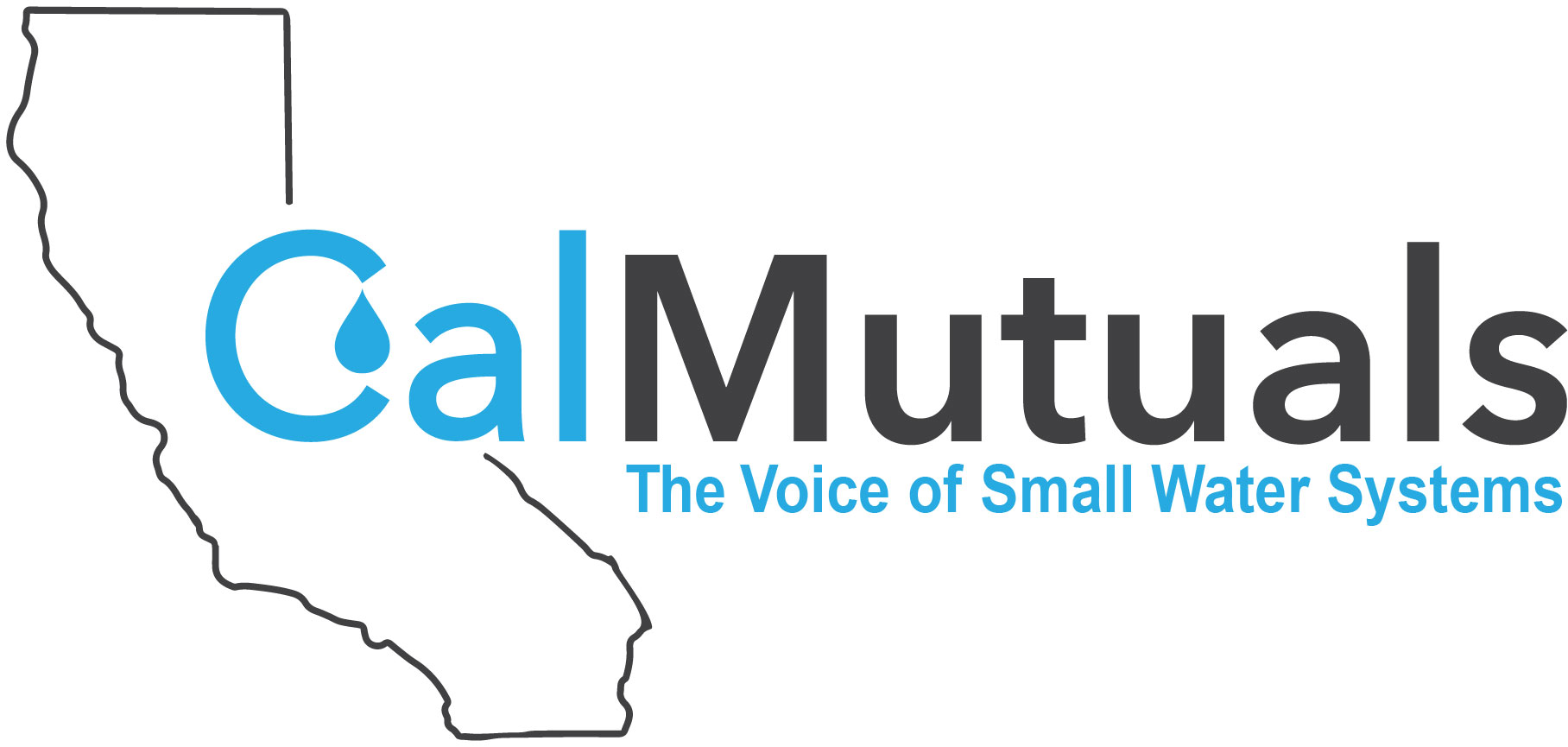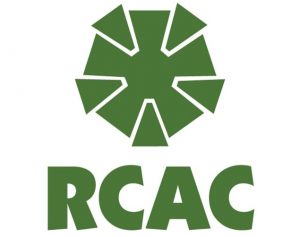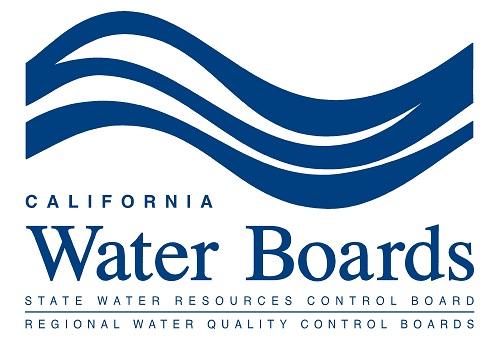Webinar | Drought Contingency and Water Conservation: A Deeper Dive Part 2 of 2 (California)
Webinar OnlyAlthough the Governor announced that the drought state of emergency ended, we are now transitioning to a permanent framework to make water conservation a California way of life. Current prohibitions against wasteful water use practices and requirements for monthly water use reporting remain in place. Planning for drought conditions is essential to ensure water supply for public health and safety; and to minimize impacts on economics, environment and lifestyle. This workshop will cover how to plan for drought to reduce the vulnerability water system. Knowing how much water you have and use plays a huge role in drought preparedness and water conservation. Learn how to monitor for drought and lessons learned from the past. Understand the challenges of small systems, and how to keep up with current and new drought/conservation regulations. Participants will learn: Where to find climate information How to determine triggers for different drought stages Best practices to reduce water use, making water conservation a way of life in your community How to develop a drought management plan and obtain public buy-in Useful tools and resources to keep up with current and new regulations


